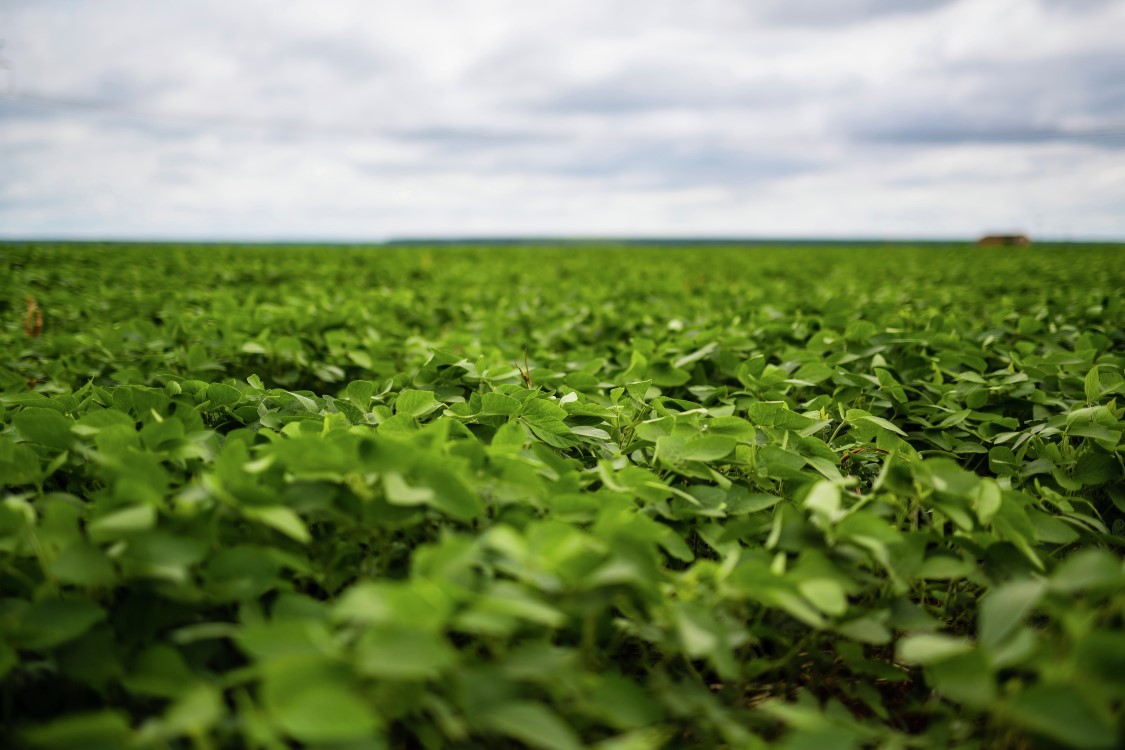We need more food, but where is it going to come from?
Like water and air, food is essential to life, but our current food resources are being stretched to their limits. It’s estimated that we are already consuming the equivalent of 1.7 planet Earth’s worth of natural resources in order to produce food. This is happening at the same time that one in nine people in the world are suffering from hunger and 13% of developing region populations are undernourished.
As a global society, we are around 7.5 billion people heading towards 9.5 billion by 2050. Not only does this present the problem of an additional 2 billion mouths to feed, human diets are also increasingly shifting in line with growing prosperity. Consequently, the forecast that current global agriculture production needs to almost double by the midway point of this century makes long-term food and nutrient security one of the most pressing challenges that we face today.
As the world’s most efficient protein generator, aquaculture is one of the most important long-term growth areas for food production. According to the Food and Agriculture Organization of the United Nations (FAO), it continues to grow faster than any other major food sector and by 2030 is expected to provide 89% of the fish available for human consumption. Global output is forecast to reach 109 million tonnes by this date, representing a rise of 32% compared to 2018 (Source: ‘The State of World Fisheries and Aquaculture’, FAO 2020).
